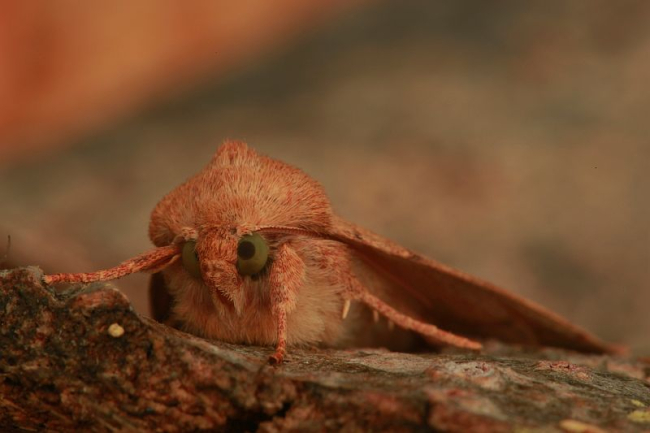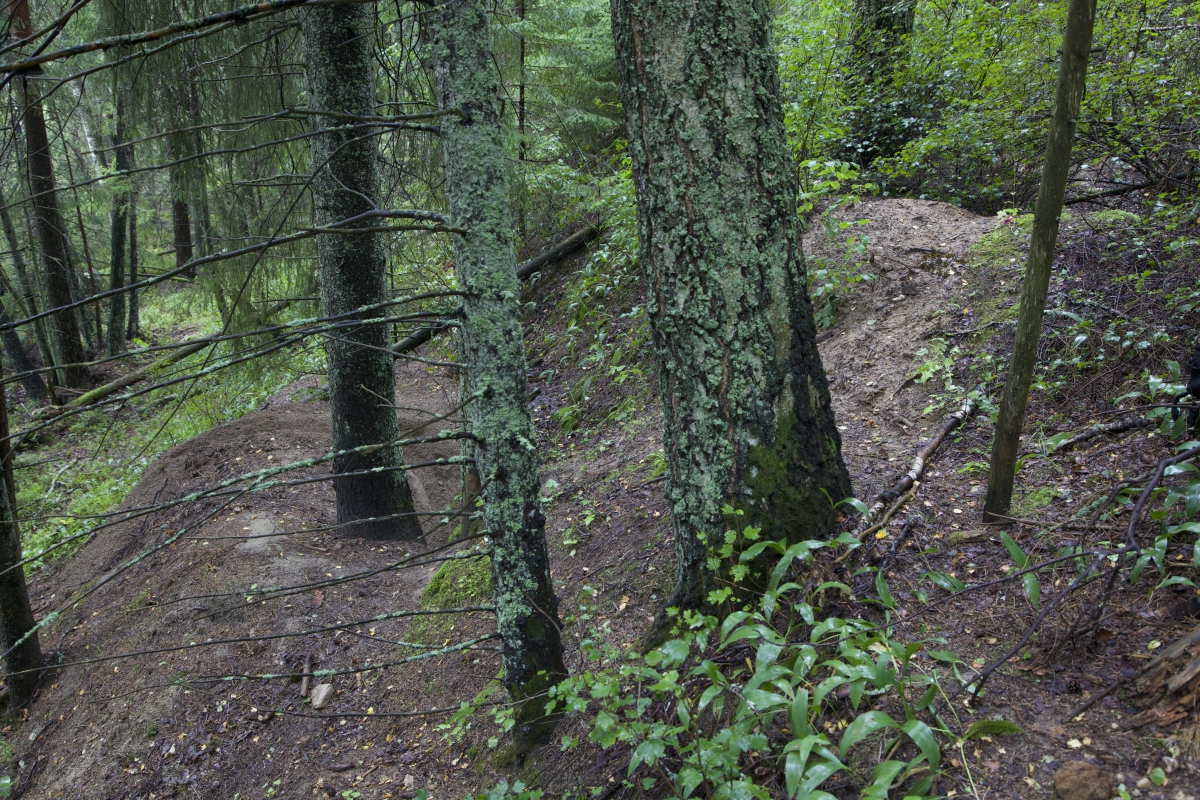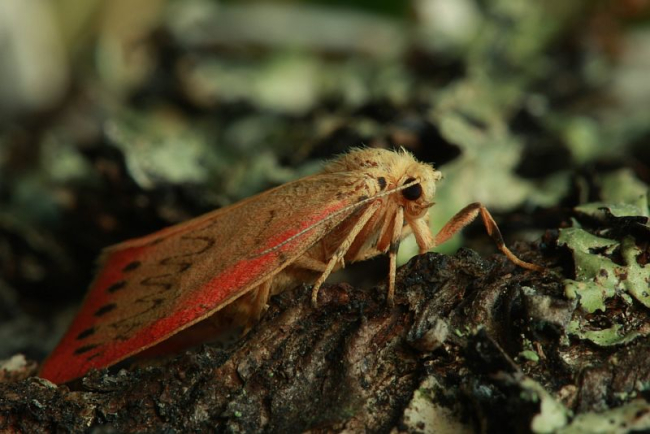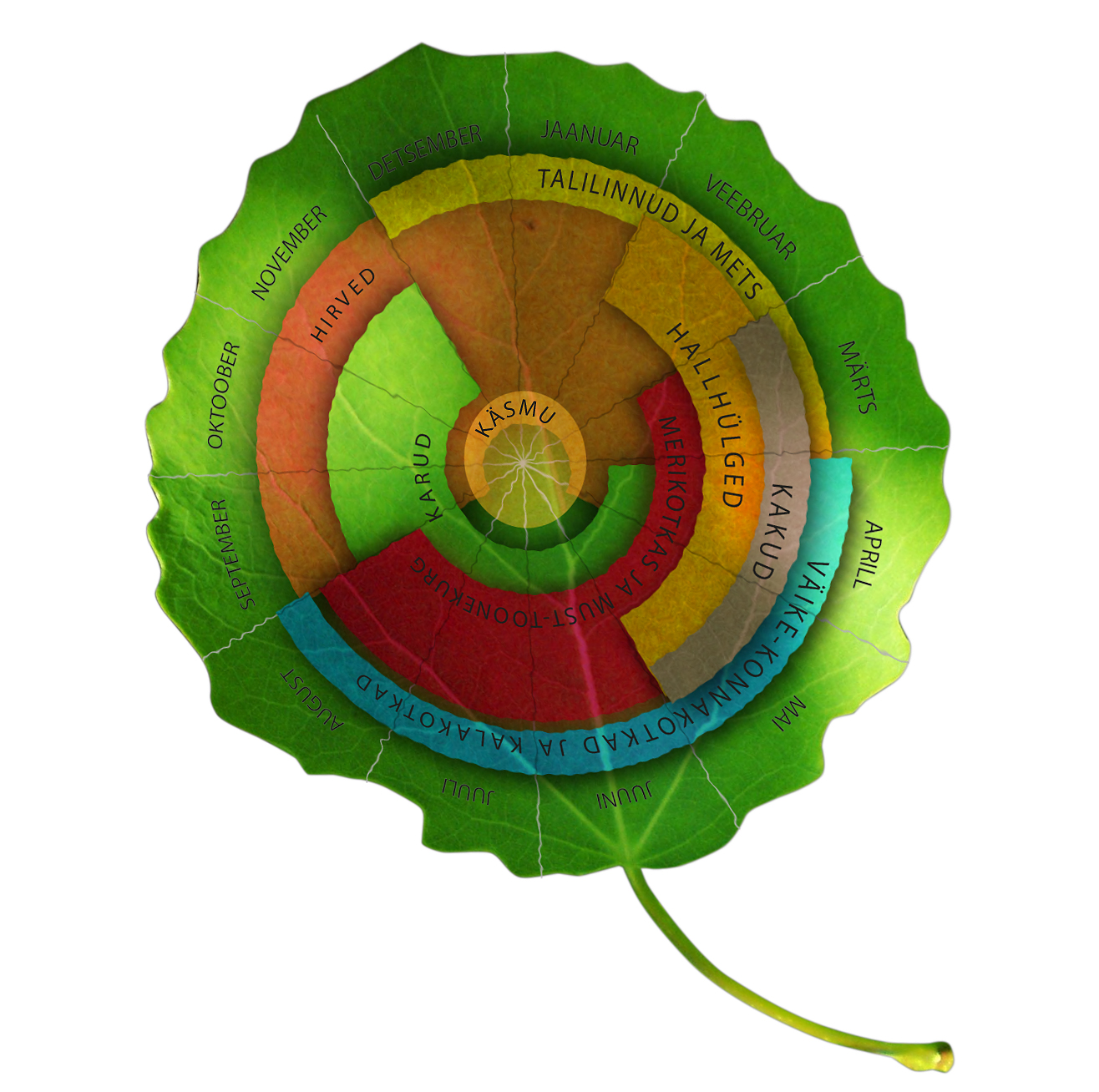What do badgers fatten up on in autumn?
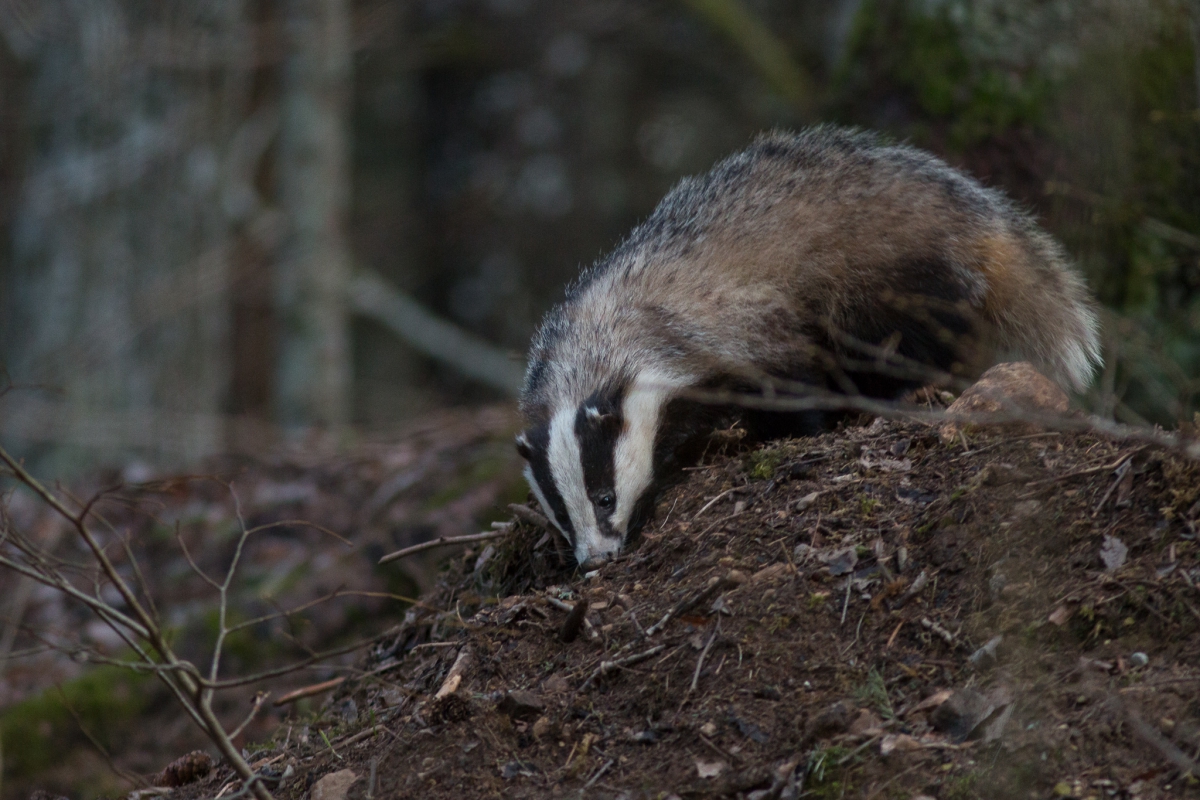
Just now mainly fruits rich in carbohydrate are on the badger’s menu: raspberries, lingonberries, blueberries. In abandoned farm yards currants and apples too.
Photo: Tarmo Mikussaar
The middle of summer has passed. The closer to autumn, the more fruits are ripe, or ripening, in nature. It is a good time for a badger to start preparing for winter. Among important tasks the duty to fatten up one’s body has moved into the foreground.
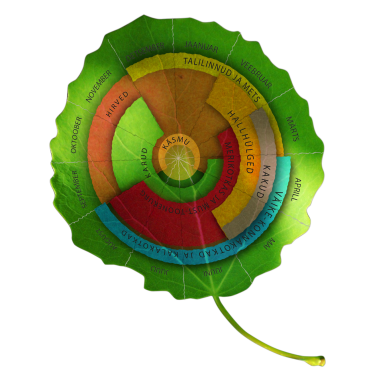 Latest news
Latest news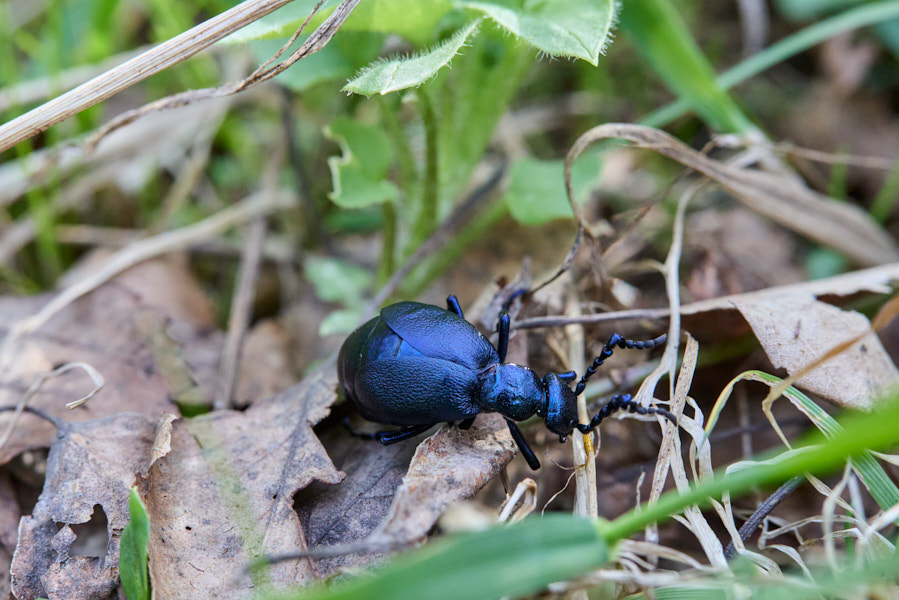 Loodusemees.ee - the day in pictures
Loodusemees.ee - the day in pictures Videos
Videos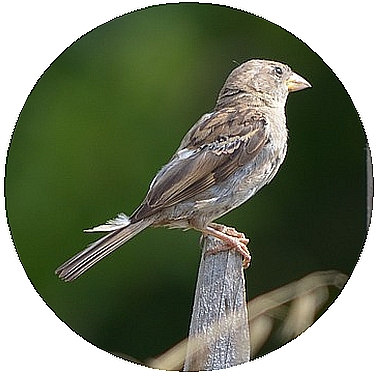
 My Forest
My Forest